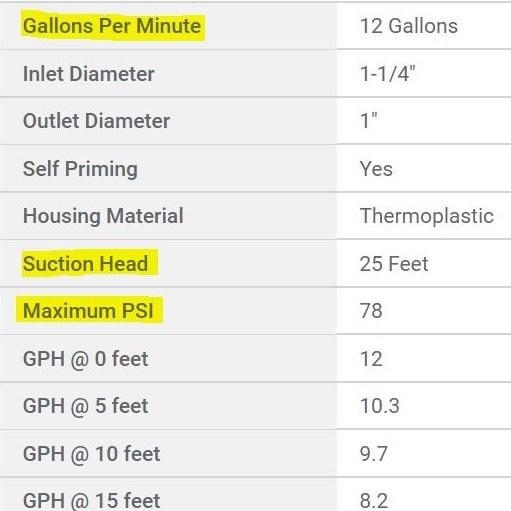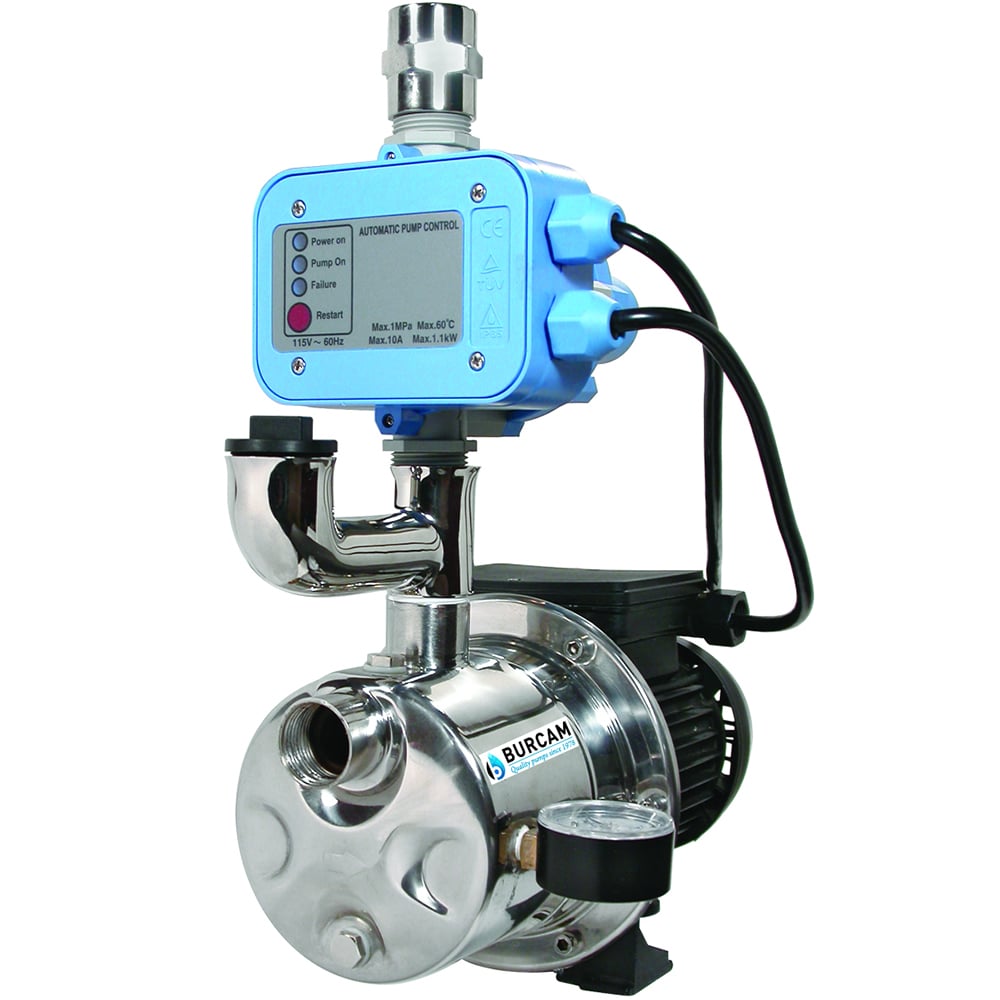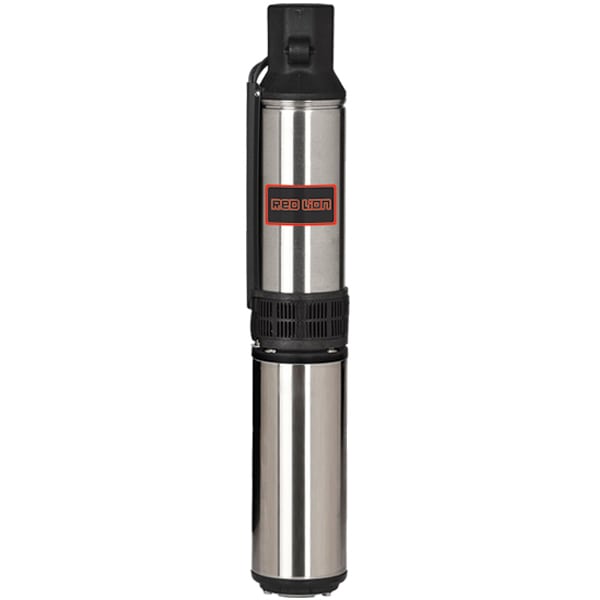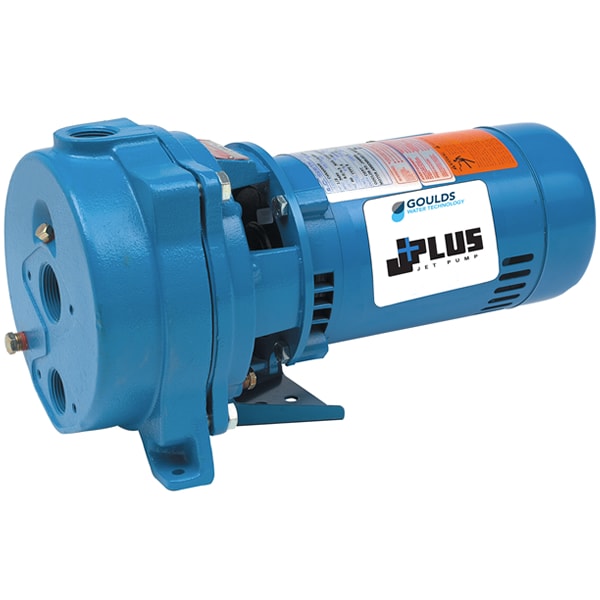
Well Pump Buyer's Guide
Using centrifugal force, a well pump shoots water from its underground reservoir up to your home to feed your sinks, showers, washers, and other fixtures. The depth at which your well sits will determine which style of well pump you'll need.
In this article, you'll learn about the types of well pumps available and how to choose between them.
What Type of Well Pump Do I Need?
Luckily, choosing the right type of well pump is easy, and it mostly depends on the size of your well. You will have a few other preferences to choose from if you're installing a new one, though usually, homes built with a well-water system already have an existing well pump in place and you'd simply need to replace it with the same type if you experience any issues.
One of the biggest complaints homeowners have with their pumps is low or undesirable water pressure. But, if you pair your well pump system with a booster pump, you can increase water pressure to all the fixtures in your home easily and quickly, regardless of the type of well pump you are using.
How to Size a Well Pump
 The most important factors to consider when choosing a well pump (besides a submersible vs non-submersible pump) are gallons per hour (GPH) rate and PSI ratings. Another common rate is the gallons per minute (GPM) rating.
The most important factors to consider when choosing a well pump (besides a submersible vs non-submersible pump) are gallons per hour (GPH) rate and PSI ratings. Another common rate is the gallons per minute (GPM) rating.
Because you are drawing water from an underground well, the pump needs to be powerful enough to draw enough water to keep water pressure and flow consistent to each water fixture in your home. Drawing that water vertically is measured and referred to as Suction Head (SH) or Total Lift Head (TLH).
Shallow Well Pumps

Shallow well pumps are found in applications where the well is less than 25' deep and operate as above-ground well pumps. This style of pump is not submersible and is placed outside the well in a well housing.
A feature you should look for is overload protection, which prevents motor burnout. The best shallow well pump systems are accompanied by a tank or a booster to increase PSI, which provides constant water pressure to your home. If pump size is a restriction due to your well housing, choose a pump with a booster as this will take up less space.
Deep Well Pumps

Deep well pumps can be used in wells as deep as 90 - 300' below ground. Unlike shallow well pumps, deep well pumps are submerged inside your well. Considering these pumps can be several hundred feet below ground, a 3-wire model makes maintenance easier.
This is because the starter controls are above ground, wired to the pump. a 2-wire model is easier to install, but should the pump fail, you'll need to bring it up to ground-level to fix it.
Convertible Jet Pumps

Convertible jet pumps can operate between 0 - 25' with a shallow jet well nozzle or between 25 - 90' with the proper deep well jet nozzle. These pumps are not submersible and are situated in a well housing. These pumps are popular with people who have a fluctuating water table.
The jet portion of the pump, otherwise known as an ejector, has the primary function of increasing pressure to help draw water from a deeper depth. The pump works by creating a vacuum in the suction pipe and relies on atmospheric pressure to force the water from the well to the pump.
How to Prime a Well Pump
Even the best well pumps need to be primed in order to work properly in your well. Priming a well pump simply means to remove the air out of a water pump before using it to prevent damage from running the pump "dry." Submersible well pumps only need to be primed the first time because they operate entirely underwater after installation.
Non-submersible well pumps will sometimes need to be primed after a power outage or other issues that may cause the pump to "lose prime," which can happen occasionally but is not difficult to fix. Re-priming a pump often only requires a bucket, a few tools, and some time.
![]() NEXT: Learn How to Prime a Well Pump
NEXT: Learn How to Prime a Well Pump





